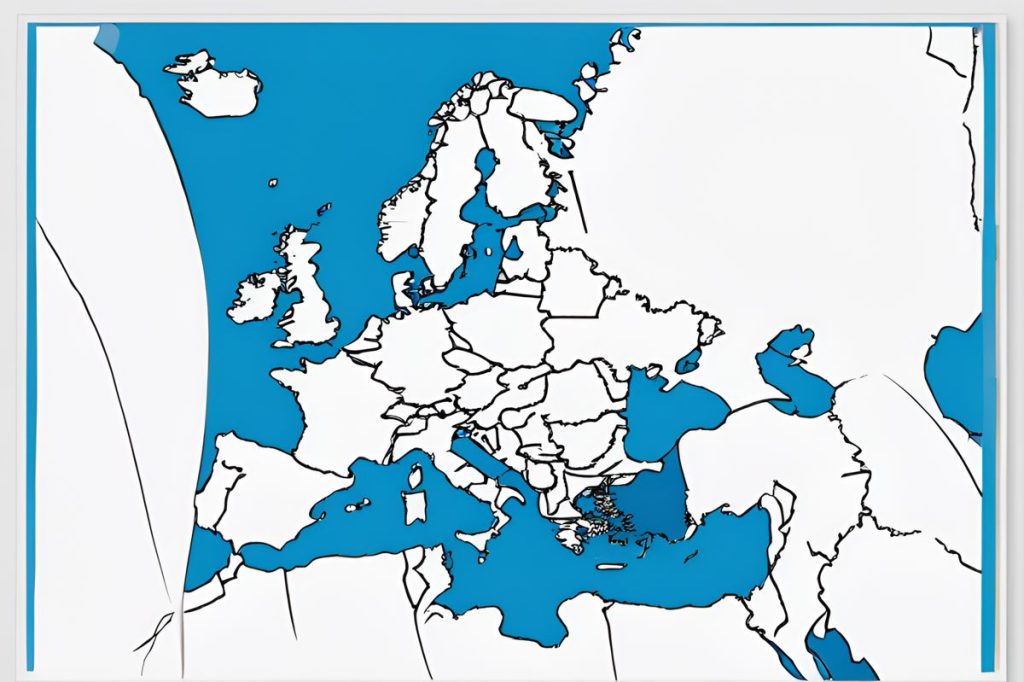NATO, led by Secretary-General Jens Stoltenberg, insists that Russia’s nuclear threats won’t stop allies from boosting military support for Ukraine, emphasizing the importance of resisting intimidation. As Stoltenberg prepares to hand over leadership to Mark Rutte, he warns that allowing Putin to succeed in Ukraine would set a dangerous precedent for aggression and vulnerability among NATO members.
How has NATO responded to Russia’s nuclear threats amid the Ukraine conflict?
NATO, under Secretary-General Jens Stoltenberg, has declared that Russia’s nuclear threats should not prevent allies from providing military aid to Ukraine. Despite risks, NATO emphasizes the importance of supporting Ukraine to counteract aggression and avoid sending a message that intimidation works. No significant changes in Russia’s nuclear posture have been observed, thus NATO’s strategy remains unchanged.
Stoltenberg’s Response to Putin’s Nuclear Rhetoric
In light of recent escalations, the NATO Secretary-General, Jens Stoltenberg, has made a firm declaration that Vladimir Putin’s nuclear threats should not deter NATO allies from providing increased military aid to Ukraine. During an interview with Reuters, Stoltenberg addressed Putin’s stark warning, issued last week, concerning Russia’s potential use of nuclear weapons in response to conventional missile attacks, particularly from a nuclear nation. This statement from the Russian President comes at a critical moment, as deliberations are underway amongst the United States and its allies regarding Ukraine’s request to launch Western conventional missiles deep into Russia, targeting operations integral to its war effort.
Stoltenberg, who is about to pass on the mantle of NATO leadership to the former Dutch Prime Minister Mark Rutte, has recognized a consistent thread of aggressive nuclear messaging from Russia. “Every time we have stepped up our support with new types of weapons – battle tanks, long-range fires or F-16s – the Russians have tried to prevent us,” he commented. Despite these attempts to intimidate, Stoltenberg affirmed that NATO allies should remain steadfast in their support for Ukraine.
NATO’s Strategy and Risk Management
The outgoing NATO chief emphasized the perils associated with allowing Putin to triumph in the Ukrainian conflict. He stated that a victory for Putin would send a clear and dangerous message that aggression and intimidation yield results, which would, in turn, heighten the vulnerability of NATO members. NATO has reportedly seen no significant changes in Russia’s nuclear posture that would necessitate a shift in their current approach. However, Stoltenberg did not downplay the inherent risks of warfare, noting that, “In a war, there are no risk-free options.”
The U.S. government has expressed caution over escalating tensions with Russia, showing hesitancy in permitting Ukraine to carry out deep strikes within Russian territory with advanced weaponry like long-range ATACMS missiles. The debate extends to the efficacy of such strikes in tilting the scales of the conflict. Nonetheless, Stoltenberg believes that while there is no “silver bullet,” strategic deep strikes can contribute to the broader effort of aiding Ukraine in countering the Russian invasion.
The Road to a Negotiated Peace
Stoltenberg put forth the argument that any negotiated end to the hostilities must encompass robust security assurances for Ukraine, primarily from Western powers. He stressed the importance of Russia respecting any established boundaries, whether they align with internationally recognized borders or an agreed ceasefire line. Drawing from the pattern of Russia’s military tactics, which involve repeated attacks even after agreements are made, the NATO leader underscored the need for solid guarantees to ensure the cessation of warfare at the agreed line.
Stoltenberg further stated that while it may be unlikely to shift President Putin’s personal stance on Ukraine, it is possible to influence his strategic considerations. By increasing the costs of continuing the conflict, the international community can encourage Russia to negotiate and accept Ukraine’s sovereignty and independence.
Reflections on NATO’s Decade Under Stoltenberg
As Jens Stoltenberg prepares to conclude his tenure as NATO’s Secretary-General, his leadership has been marked by critical challenges and significant evolution within the organization. NATO’s role in global security, particularly in the face of Russian aggression, has reaffirmed the alliance’s commitment to collective defense and support for democratic states in distress. The transition of leadership to Mark Rutte is set to occur amidst these complex geopolitical tensions, with the alliance’s resolve and unity being more crucial than ever.
What is NATO’s current stance on military support for Ukraine in light of Russia’s nuclear threats?
NATO, led by Secretary-General Jens Stoltenberg, has made it clear that Russia’s nuclear threats will not deter allies from providing military support to Ukraine. Stoltenberg emphasizes the importance of resisting intimidation and ensuring that support for Ukraine continues, as allowing Russia to succeed would undermine the security of NATO member nations.
How has Jens Stoltenberg addressed Putin’s recent nuclear rhetoric?
In response to Vladimir Putin’s recent nuclear threats, Stoltenberg has firmly stated that such rhetoric should not affect NATO’s commitment to Ukraine. He recognizes the pattern of aggressive nuclear messaging from Russia and insists that NATO must remain steadfast in its support for Ukraine despite these threats, noting that intimidation tactics have been employed each time NATO has stepped up military aid.
What risks does NATO associate with allowing Russia to succeed in Ukraine?
Stoltenberg warns that if Putin were to achieve victory in Ukraine, it would send a dangerous message that aggression and intimidation are effective strategies. This outcome could increase the vulnerability of NATO members and encourage further aggressive behavior from Russia, thereby destabilizing the region. He acknowledges the inherent risks of warfare and stresses that NATO must manage these risks effectively while supporting Ukraine.
What are NATO’s goals for a negotiated peace in Ukraine?
Stoltenberg asserts that any negotiated peace must include robust security assurances for Ukraine, primarily from Western powers. He emphasizes the necessity for Russia to respect established boundaries, whether they are recognized internationally or agreed upon in a ceasefire. While shifting Putin’s personal stance may be difficult, Stoltenberg believes that increasing the costs of the conflict can influence Russia’s strategic calculations and encourage negotiations respecting Ukraine’s sovereignty.

